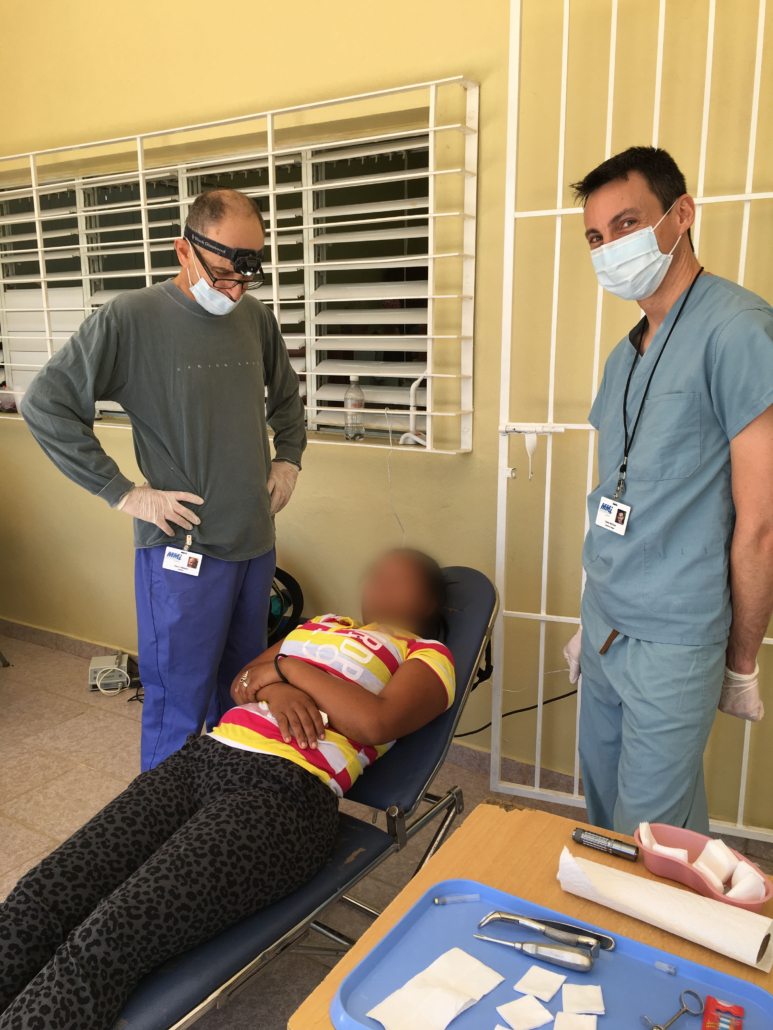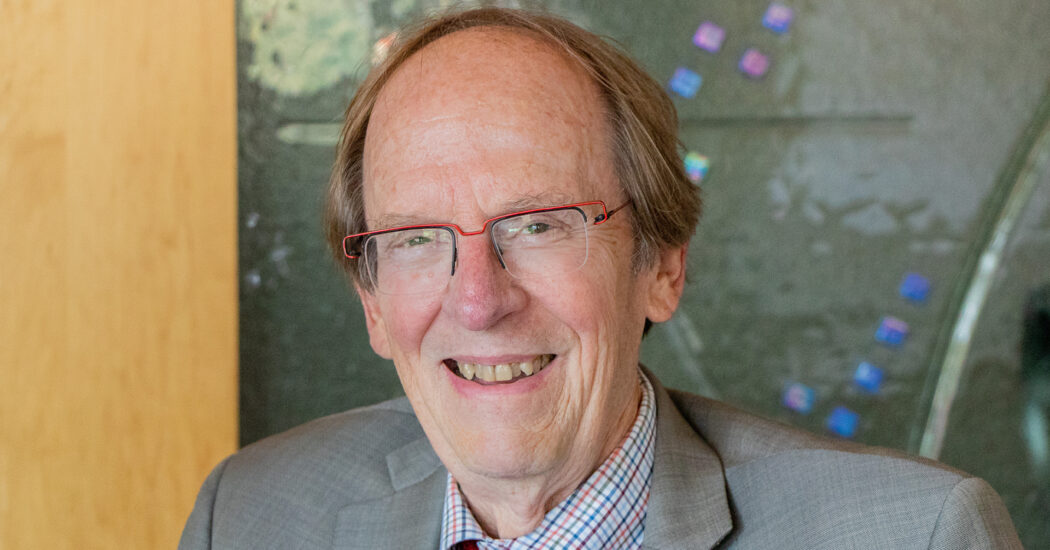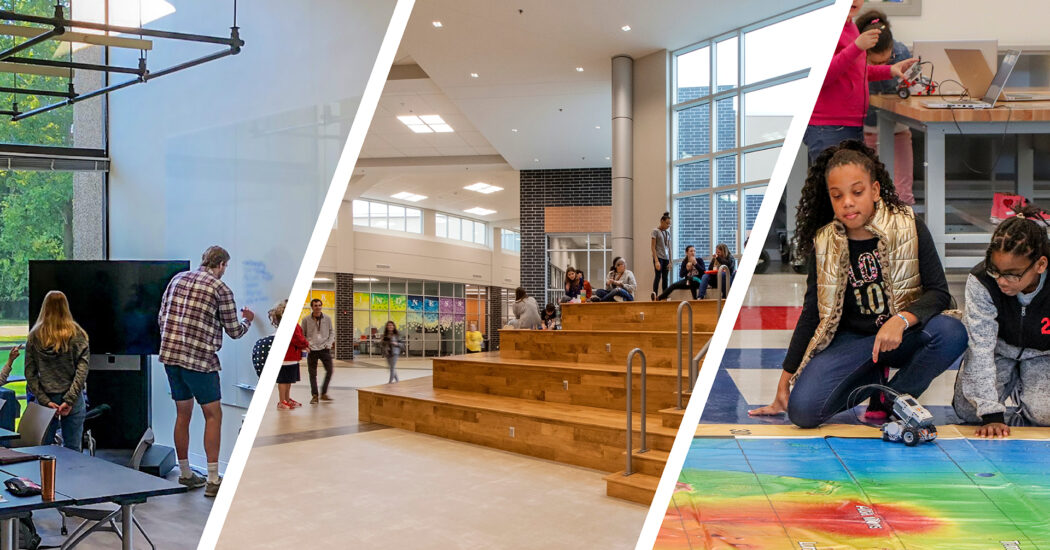Q&A With Architect David McDow
-
Category
Studio-Lifestyle, Innovation, Leadership -
Posted By
Schmidt Associates -
Posted On
May 03, 2023
Early in his career, David McDow, AIA, LEED AP, NCARB, knew that pursuing healthcare design was his passion and long-term goal. Over time, he’s focused on constant learning and coming to expect the unexpected in design, which he believes happens daily. Years later, he’s reflecting on key trends, both stateside and abroad. We recently caught up with him to discuss his experiences.
What drew you toward your interest in design?
I’ve had the opportunity to travel to Belarus, the Dominican Republic, and Kenya to provide medical services and training and education. Every project and trip were different and I also observed how specialized design can be, whether that’s abroad or close to home. I see the similarities and the differences as a real opportunity to contribute something positive to an Owner’s building design story.
When you went overseas, what kinds of work did you do, and how has this made you a stronger architect?
On three trips, I was a dental assistant with on-the-job training. On one trip, I ran an operating room board and scheduled surgeries. On another trip, I helped teach an advanced trauma and life safety course where I helped with demonstrations and technology. Every trip has brought new experiences and different situations that have helped me pick up on what is going to be most important when designing buildings. Each day, I am taking my learnings and applying them toward the work I’m doing at Schmidt Associates.
Throughout your experience and travels, did you notice any key trends that are prevalent in today’s healthcare environment?
Yes. Designing spaces to improve outcomes and occupant happiness are constants, and a lot can be said about the importance of design, specifically with updated facilities, a building’s atmosphere, nature, natural light, art, and even food quality. You might not think about these elements being inter-related, but each does a world of good for people and contributes positively to our mental health, which is something we don’t talk about often, but should.
As you consider mental health, what do you hope will transpire and, how can you contribute to the conversation?
As designers, we need to do our parts to destigmatize mental health while making it a regular focus within all of the Schmidt Associates design studios. To do this, we should continue the mental health conversation and listen intently to what building occupants and Owners tell us so we can design spaces that empower communities of people, build confidence, and help everyone to know they can achieve great things.








